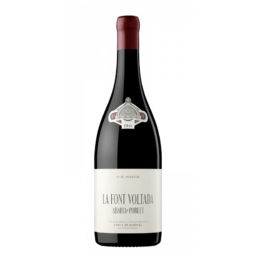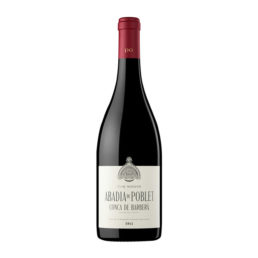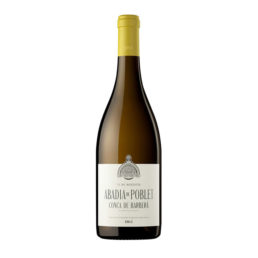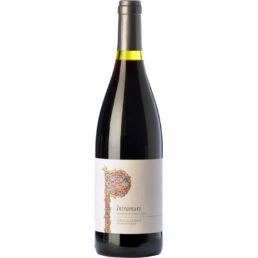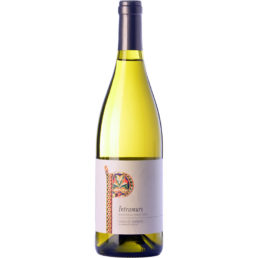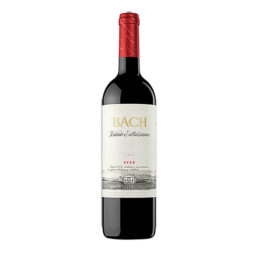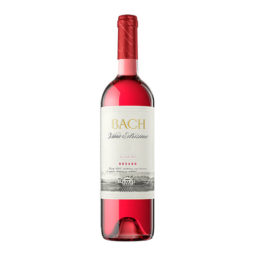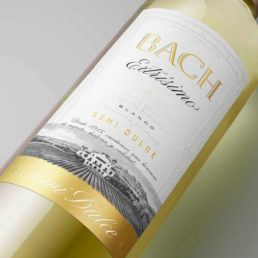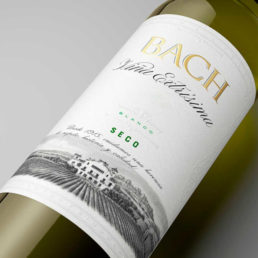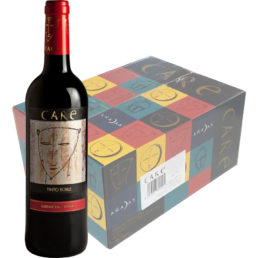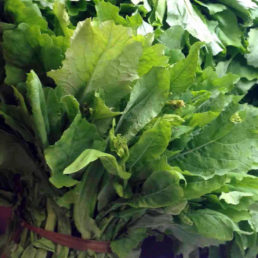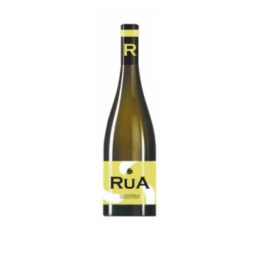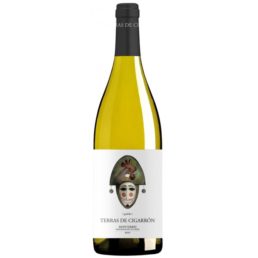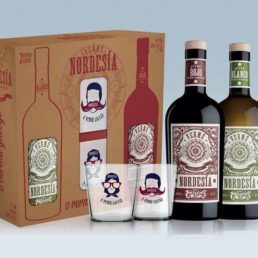Buy bottle 50cl
Showing all 12 resultsSorted by latest
-
Rosé wine Vineyards of Anna
DEVELOPMENT (VINIFICATION)The harvest is done in the night, taking advantage of the lower temperatures and quickly, to preserve the varietal aromas and prevent oxidation of unwanted. To reach the winery, is performed a pressing immediately after, during 24-48h to make a natural clarification at low temperatures. The winemaker decides on the basis of the target color what percentage of the flower must be intended to this wine, which is more fragile and delicate but at the same time, more elegant, fresh and aromatic.Once clean, the wort, is decanted into a stainless steel tank with cooling system for performing a controlled fermentation between 16-18 ºC. After the alcoholic fermentation, the wines are preserved in tanks, avoiding oxidation, until the time of bottling.PAIRINGVines of Anna Pinot Noir is the wine-gastronomic excellence, that marries with a large amount of dishes to perfection. A perfect complement to dishes that contain fish blue (tuna, salmon or sardines), rice, and pasta. Also Ideal pairing with salads, fruits, vegetables, with birds, of dark meat such as quail or pheasant. Ideal to enjoy by the glass with all kinds of caps. -
White wine Vineyards of Anna
DEVELOPMENT (VINIFICATION)The grapes of the Chardonnay comes from different plots, with different soils and exposures; the purpose is to achieve a mixture with multiple records, we provide texture, body, freshness and golosidad. This differentiation allows us to obtain a wine with exceptional qualities while retaining the expression of the fruit.The grape enters the winery during the night, at low temperatures, to preserve the aromas of the variety and avoid oxidation of unwanted. Is performed a pressing immediate, for after, during 24-48h to make a natural clarification at low temperature.Once clean, the wort, is decanted into a stainless steel tank with cooling system for performing a controlled fermentation between 16-18 ° C. After the alcoholic fermentation, the various tanks of Chardonnay are blended according to indication of the winemaker to get that final mix.PAIRINGVines of Anna Chardonnay is the perfect complement to dishes containing white meat, fish, seafood, rice, and pasta. Also ideal for asian cuisines such as japanese and thai, tempura, and grilled vegetables. -
Red wine Viña Extrísima Masia Bach
Masia Bach was founded early last century by the brothers Pere and Ramón Bach, manufacturers of tissues.They wanted to link the best cotton tradition with viticulture, giving the name of the best cotton “Extrísimo” tothe best vineyards where Masia Bach wines historically came from.Council of the winemaker It is recommended its consumption during the year following the harvest.Pairing It is a red wine-cut, the perfect ally for a wide range of dishes: vegetables and meats stewed or grilled, post, fish of firm flesh and fat, such as cod and tuna accompanied with sauces, rice dishes seasoned with meat, mushrooms stir-fried or stewed, sausages and semi-mature cheeses. -
Rosé wine Viña extrísima pink dry Masia Bach
Masia Bach was founded early last century by the brothers Pere and Ramón Bach, manufacturers of tissues.They wanted to link the best cotton tradition with viticulture, giving the name of the best cotton "Extrísimo" tothe best vineyards where Masia Bach wines historically came from.Winemaker's adviceThe wine is expected to reach its maximum fullness during the first year, keeping in good condition one yearplus. Store in a dry place without exposure to direct sunlight.PairingIdeal to accompany a multitude of dishes; from sausages, rice and pasta, until fish flesh as firm as monkfish,cod, tuna and white meat. -
White wine Extrísimo semi-Masia Bach
Masia Bach was founded early last century by the brothers Pere and Ramón Bach, manufacturers of tissues.They wanted to link the best cotton tradition with viticulture, giving the name of the best cotton “Extrísimo” tothe best vineyards where Masia Bach wines historically came from.Wine that gave fame to the winery. His soft palate and slightly sweet-it marked an era and with it a precedent of sweet wines of calidad.Su fruitiness has been enhanced by his stay in the barrel.Council of the winemaker It is expected to reach its maximum evolution in two years, staying in good condition for 5 years old.Pairing Perfect addition for baking, foie gras and blue cheeses. It is also a good accompaniment to snacks, seafood and fish stews. -
White wine Extrísimo seco Masia Bach
Masia Bach was founded early last century by the brothers Pere and Ramón Bach, manufacturers of tissues.They wanted to link the best cotton tradition with viticulture, giving the name of the best cotton “Extrísimo” tothe best vineyards where Masia Bach wines historically came from.The original blend of Chardonnay complemented by Xarel·lo and Moscato results in a white that fills the palate with freshness. It is a dry white with character, ideal to accompany any type of foodWinemaker's adviceIts consumption is recommended during the year after harvest. Serve between 8 10 ° C.Pairing Ideal complement to accompany appetizers, seafood, crustaceans, fish and white meats. -
The wine Care Tinto Roble 50cl. 2017
The wine Care Tinto Roble 50cl. 2017The different varieties were vinificaron separately given their different cycle of maturity. These grapes once being removed from their stems and without compressing, were the tanks fermenters conical stainless steel. After a cold maceration (9ºC) during 8 days, it underwent alcoholic fermentation with selected yeast, leaving to get the temperature to 24ºC. After the devatting or drawing off, the wine made the malolactic fermentation and after mixing the two varieties (50%) underwent a rest in new barrel of American Oak during 4 months.












